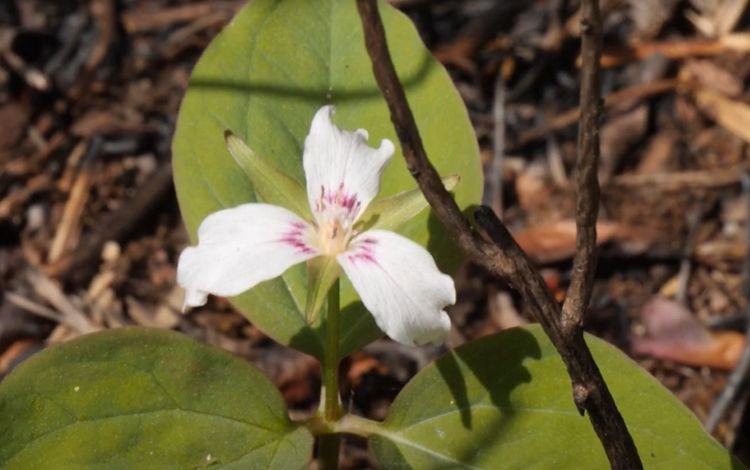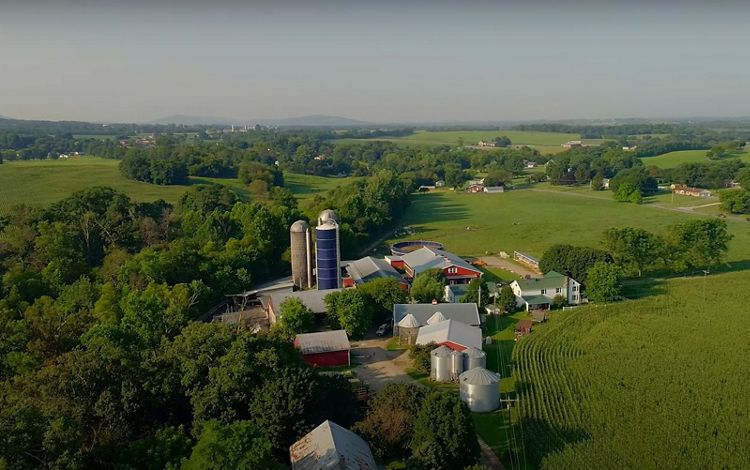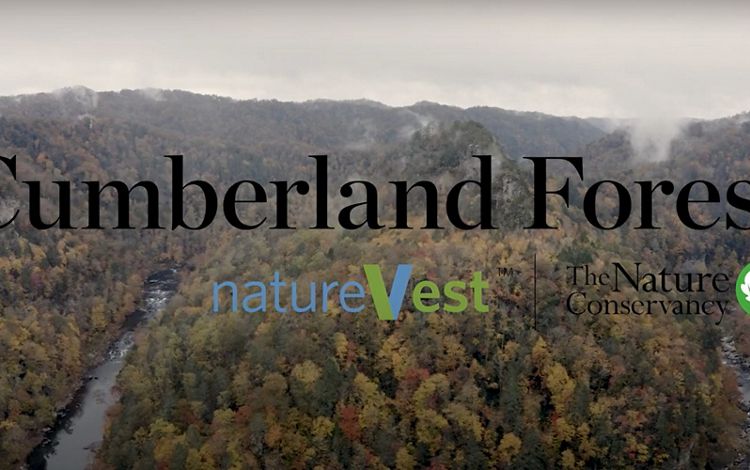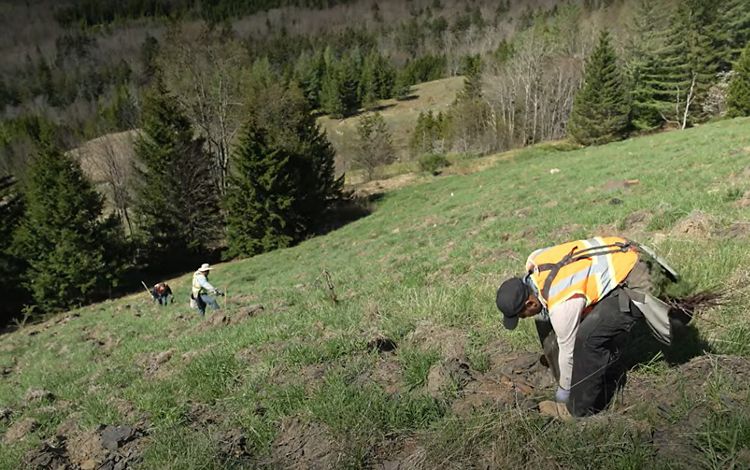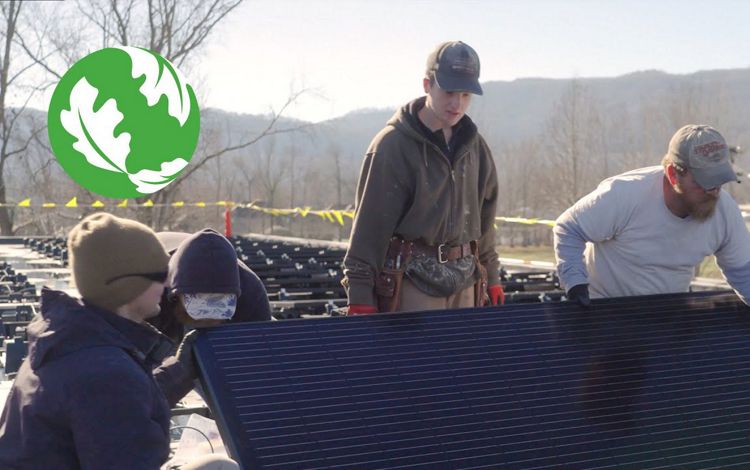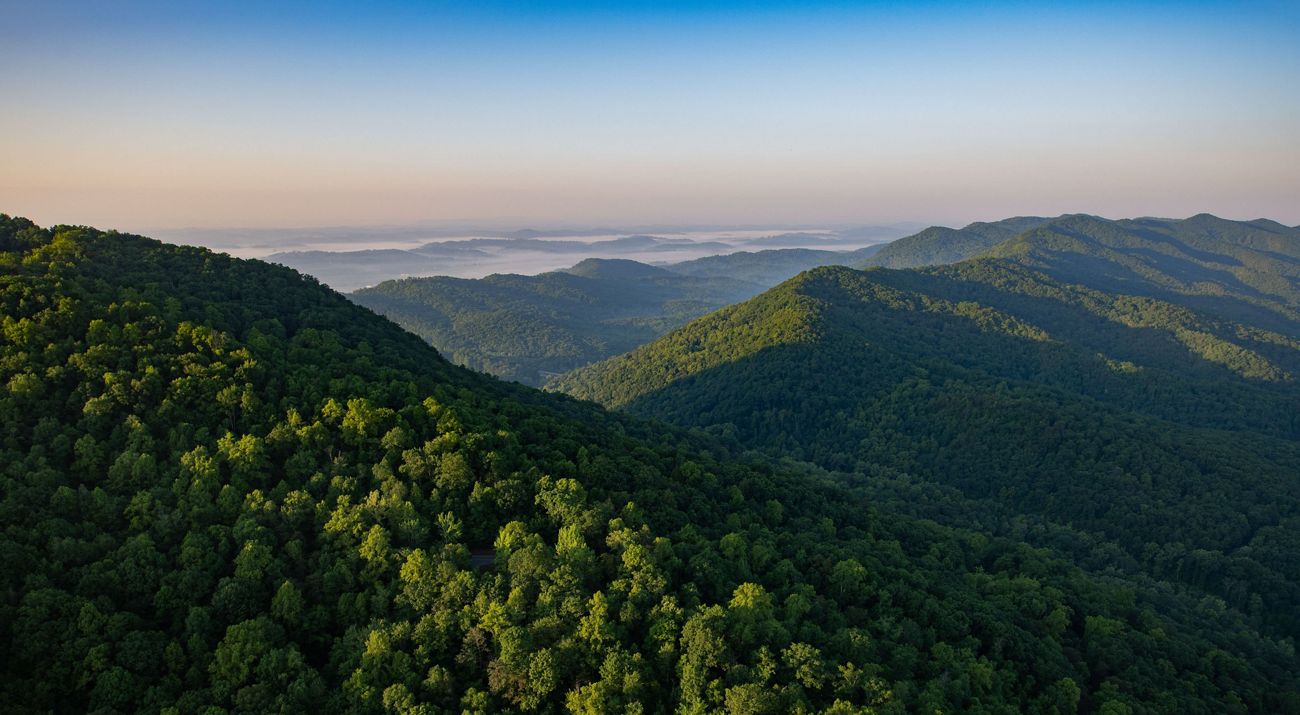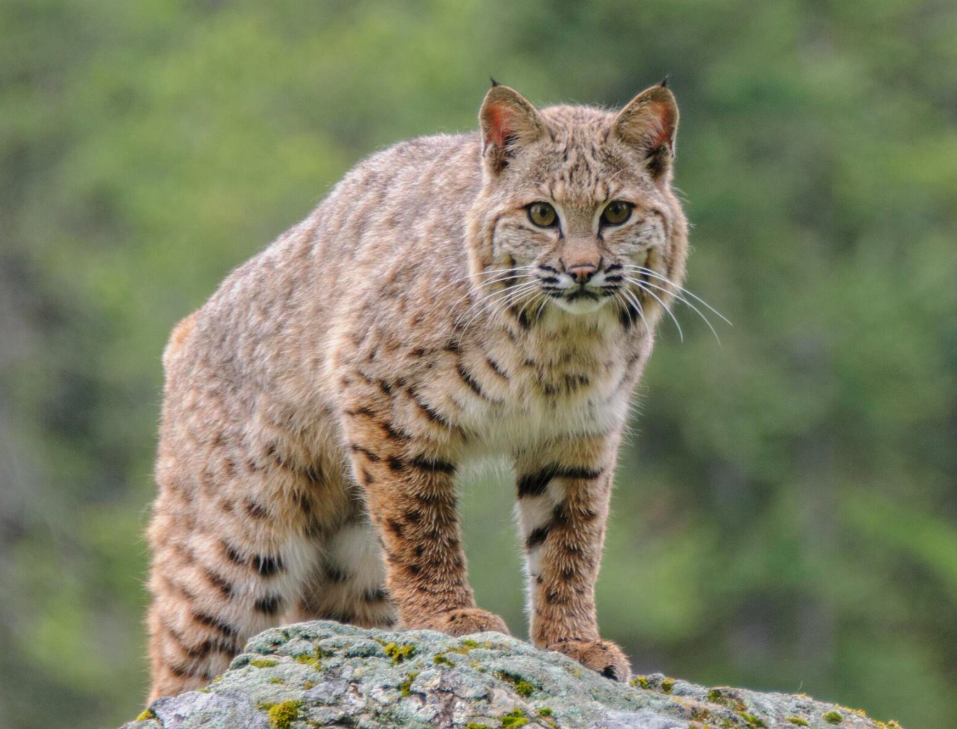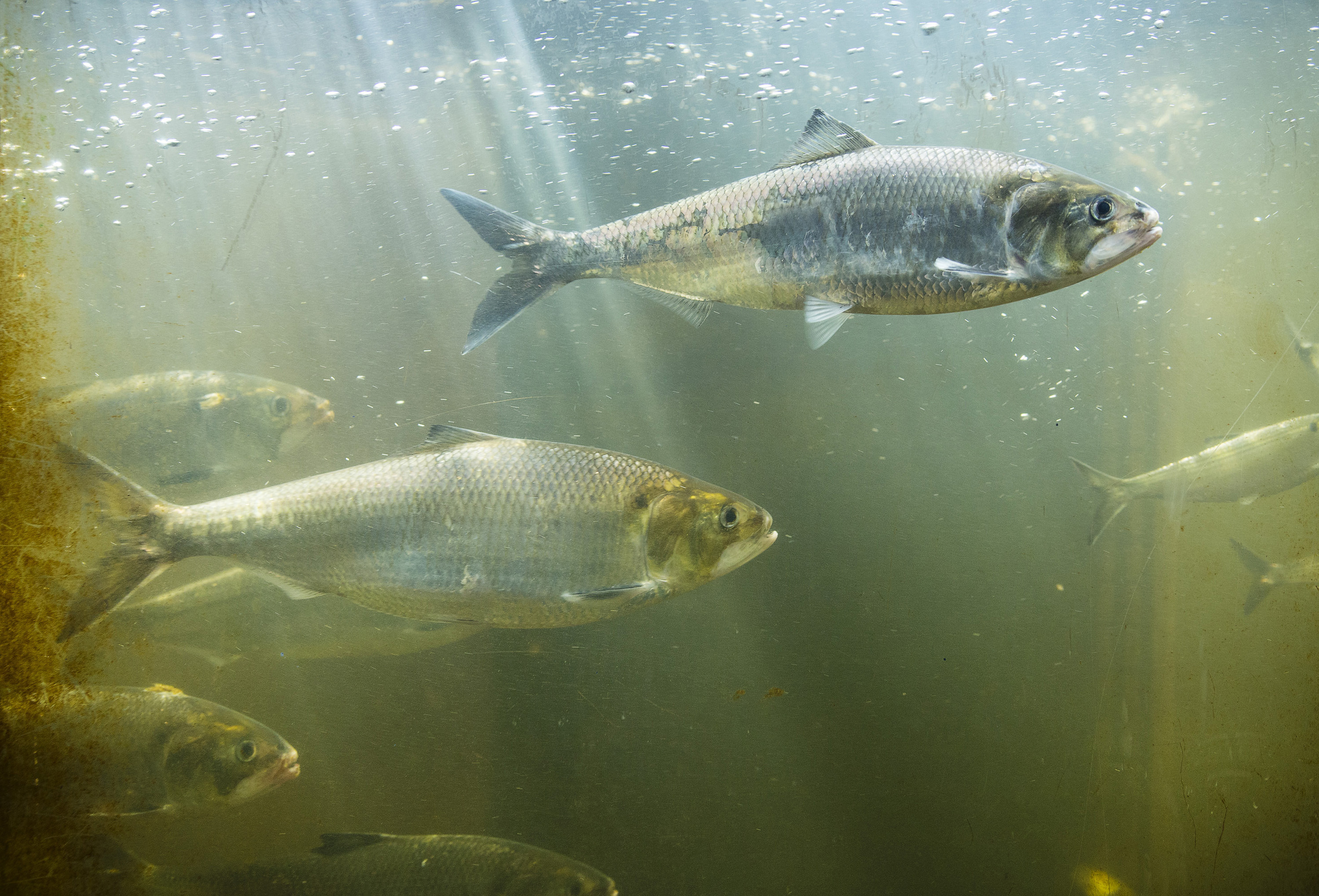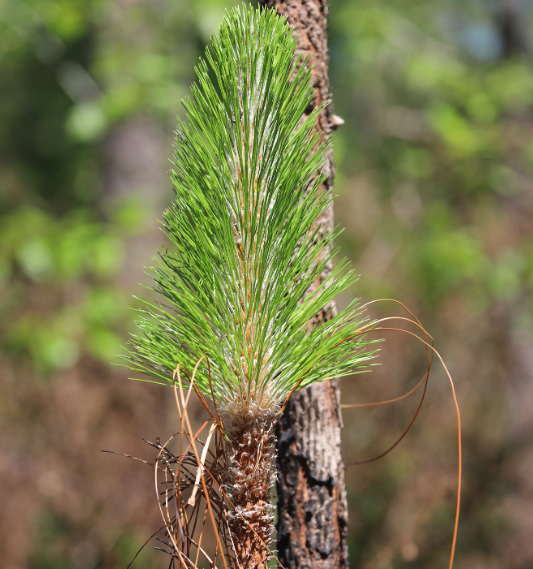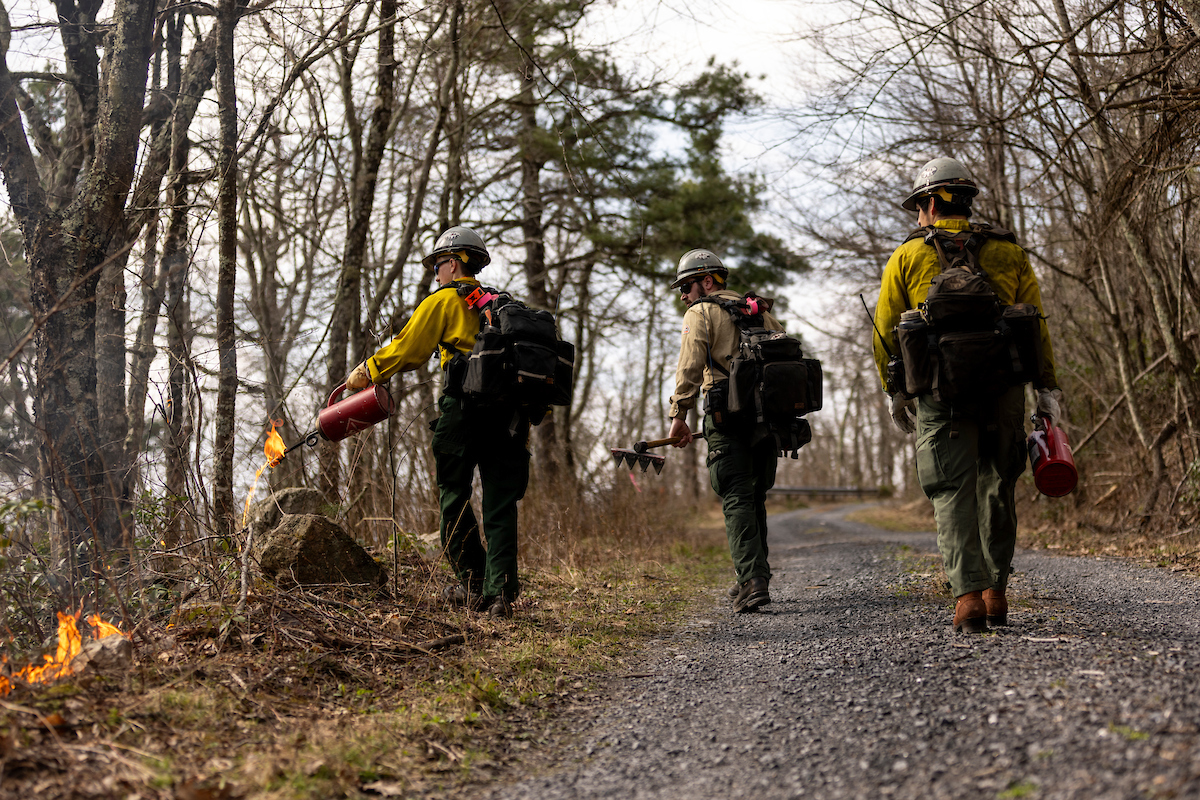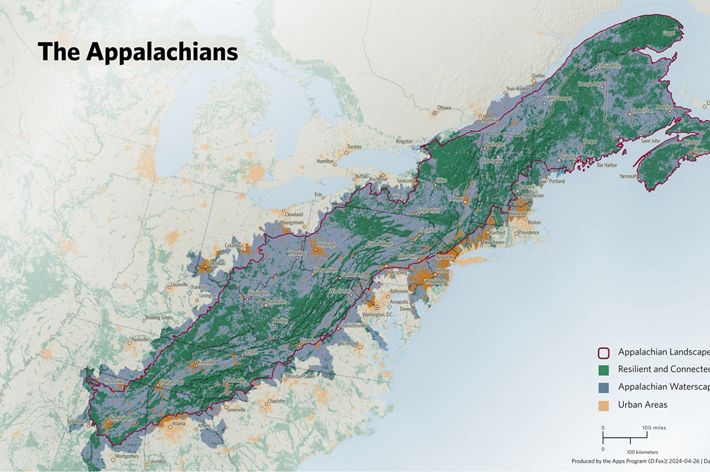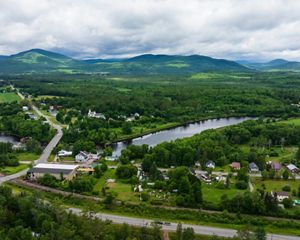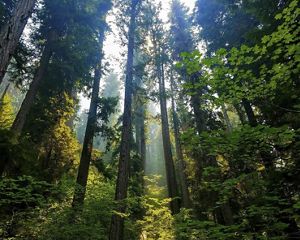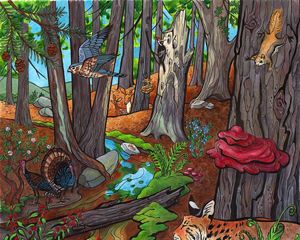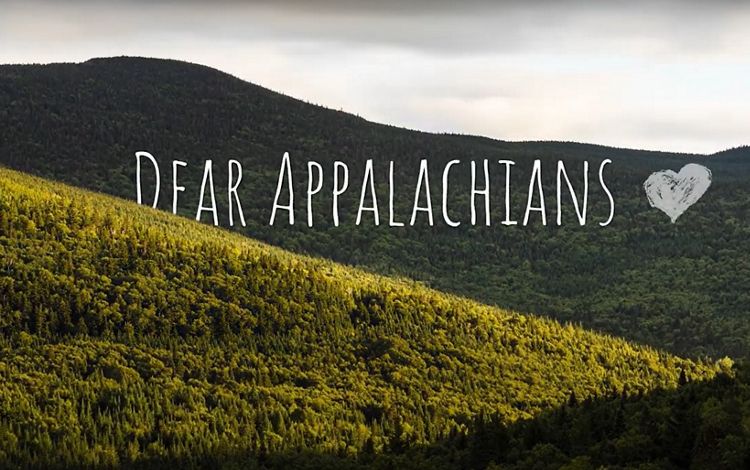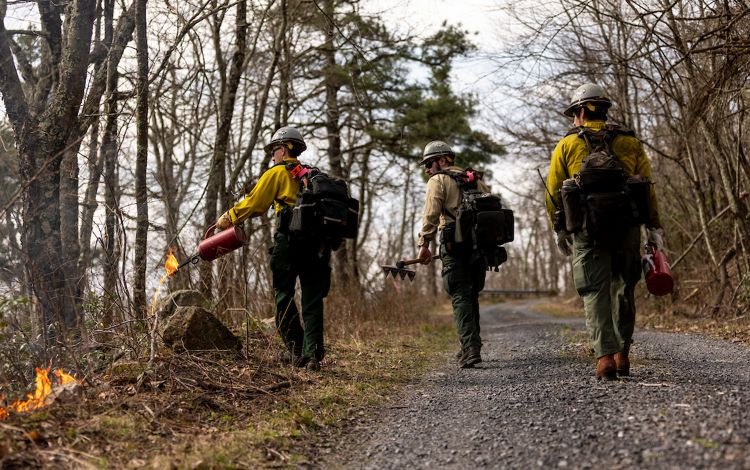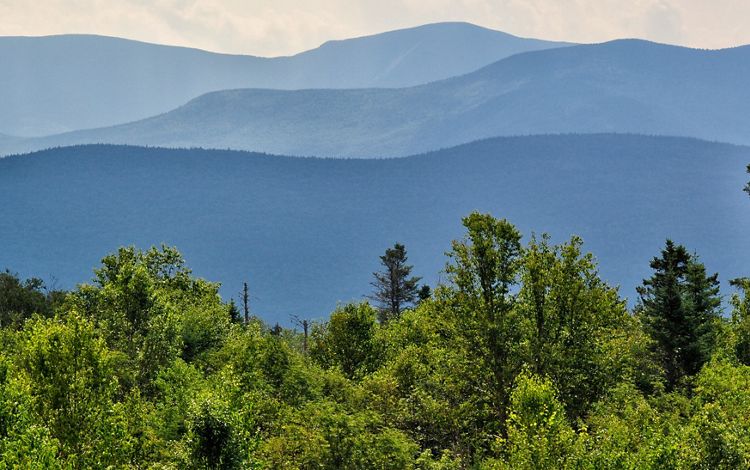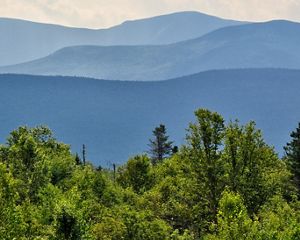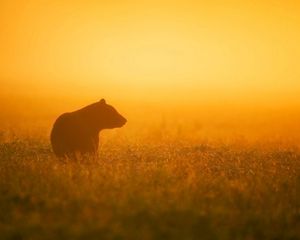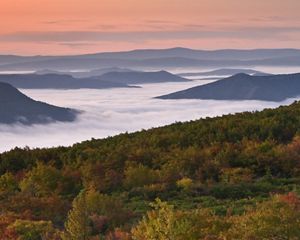The Appalachians is one of the most climate-resilient, biologically diverse, and carbon-rich landscapes in the world. This ancient chain of forested mountains, valleys, wetlands, and rivers nurtures a rich variety of wildlife, cultures, and communities. With 198 million acres spanning the continent from Alabama to the Canadian Maritime Provinces, the Appalachians is a critical 2,000-mile pathway of climate resilient lands and waters that store nearly a quarter of the forest carbon in the contiguous United States.
It is one of our last and best hopes for thriving nature.
Features
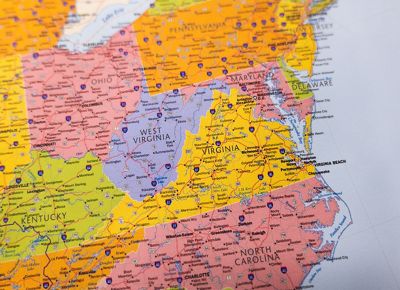
The Ultimate Appalachians Road Trip
Join us on an unforgettable road trip through the breathtaking Appalachians and experience nature at its finest.
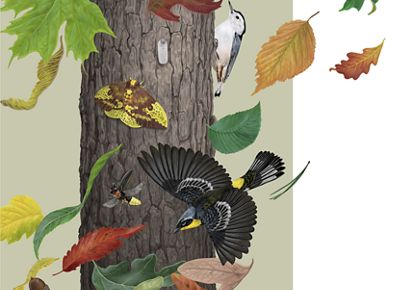
The Future Forest: The Appalachians face multiple threats. Scientists are working to boost their adaptability.
The Appalachian landscape is a diverse, steadfast refuge for wildlife, but the world around it is changing. Scientists are researching how to make these woods more adaptable—and resilient—than ever.
Our Strategies
Click the tiles for details on our top conservation strategies and some examples of our work across the Appalachians.
Where We Work
Spanning from northern Alabama to the Canadian Maritimes, the Appalachians are a high priority for conservation by TNC. The boundary shown here was developed by TNC and reflects a combination of factors that define our Appalachians program area.
Appalachians By the Numbers
-
393,640
stream miles
-
198Mil
acres of land
-
$25Bil
annually in recreation and tourism economy
-
36Mil
people’s source of drinking water
-
9Bil
tons of forest carbon in the US stored in the region
-
64
high-priority migratory bird species
-
80K
occurrences of rare species
-
1.8Bil
tons of oxygen created
A Superhighway for Nature
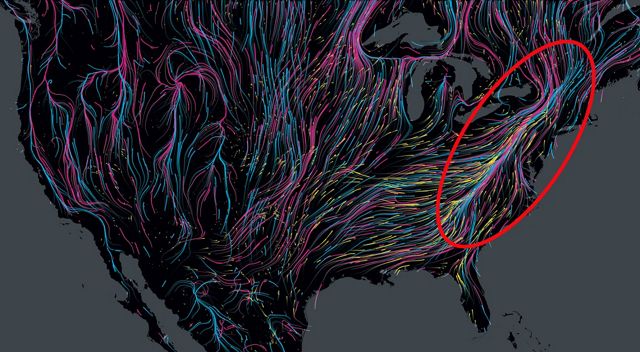
Between east coast cities and the agricultural plains to the west, the Appalachian Mountains rise to form a natural superhighway for species to move. Whether seeking refuge from warming temperatures and extreme weather events, or migrating along an ancient flyway, the Appalachians can provide wildlife with a healthy and connected network of lands and waters – but only if we protect it.
View full screen Migrations in Motion map
Videos About the Appalachians
